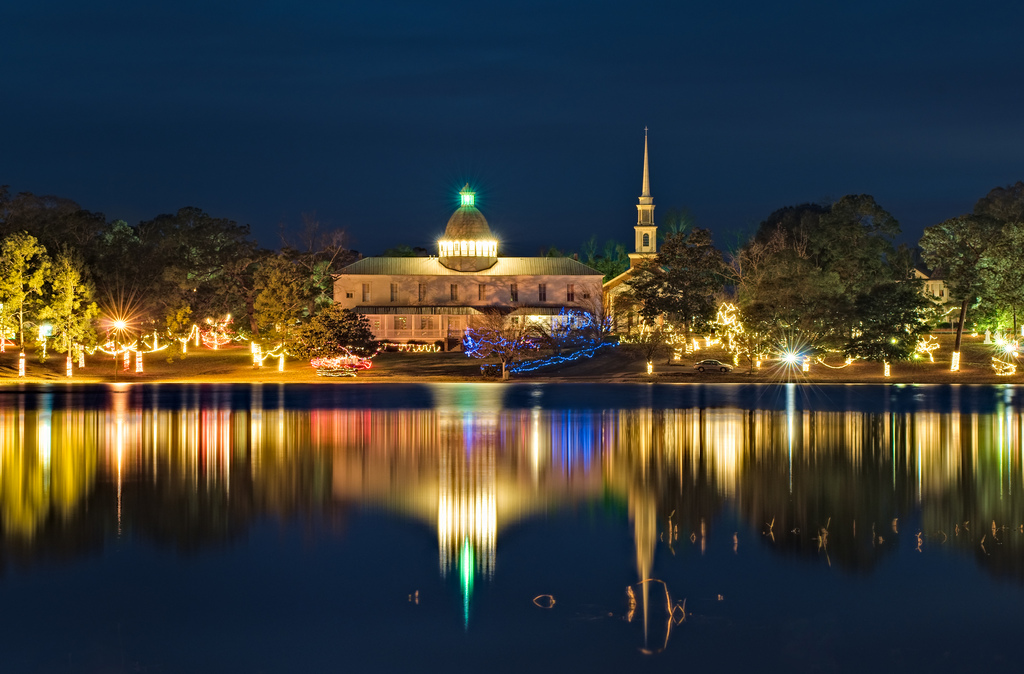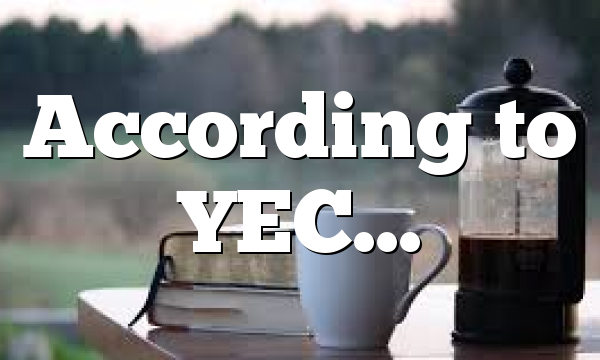Click to join the conversation with over 500,000 Pentecostal believers and scholars
| PentecostalTheology.com
Duke University sociologist Mark Chaves’ working title for his new book on trends in U.S. religion was “Continuity and Change in American Religion.”
But the folks on the Princeton University Press marketing team suggested he could attract more attention with the bolder title: The Decline of American Religion.
Chaves, director of the National Congregations Study, took another look at research showing indicators of traditional beliefs and practices are either stable or falling in a nation that is a symbol of the staying power of religion in the West.
His conclusion: “The burden of proof has shifted to those who want to claim that American religiosity is not declining.”
Chaves shared his perspective in a paper on “The Decline of American Religion?” for the Association of Religion Data Archives. His work is a significant addition to the discussion of the future of faith in the U.S.
The argument that religion is declining has gained more attention in recent years with major surveys pointing to the existence of a substantial group of Americans who state no preference for organized religion.
Fifteen percent of respondents to the 2008 American Religious Identification Survey did not identify with a religious group, up from 8 percent in 1990. The 2007 U.S. Religious Landscape Survey found 16 percent of respondents said they were unaffiliated with any particular faith today, more than double the number who said they were not affiliated with any particular religion as children.
But researchers also point out strong signs of stability, even steady growth over the long term, in American religious life.
“The single most significant trend in American religion from 1900 to the present has been the steady and spectacular decline in the percentage of religiously unaffiliated people in the American population,” J. Gordon Melton, founding director of the Institute for the Study of American Religion in Santa Barbara, Calif., wrote in a recent ARDA paper on “American Religion’s Mega-Trends.” “In 1900, the religiously unaffiliated included some 65 percent of the population. That figure has now dropped to around 15 percent.”
Signs of decline
Chaves does not doubt the central role of religion in the lives of Americans.
“By world standards, Americans remain remarkably religious in both belief and practice. Americans are more pious than people in any Western country, with the possible exception of Ireland,” he said in the ARDA paper.
However, he noted, whether it is a major change such as a drop in the rates of religious affiliation or a small change such as the number of Americans who say they believe in God declining from 99 percent in the 1950s to 92 percent in 2008, no indicator of traditional religious belief or practice is going up.
“On the contrary, every indicator of traditional religiosity is either stable or declining. This is why I think it is reasonable to conclude that American religion has in fact declined in recent decades — slowly, but unmistakably,” Chaves said.
Those indicators of decline, taken from General Social Survey data, include:
- From 1990 to 2008, the percent of people who never attend religious services rose from 13 percent to 22 percent.
- Just 45 percent of adult respondents born after 1970 reported growing up with religiously active fathers.
- In the 1960s, about 1 percent of college freshmen expected to become clergy. Now, about three-tenths of a percent have the same expectation.
- The percentage of people saying they have a great deal of confidence in leaders of religious institutions has declined from about 35 percent in the 1970s to about 25 percent today.
An uncertain future
So what is the final verdict on the status of religion in America?
There may not be one.
Baylor University sociologist Paul Froese said the research seems to indicate a lot of stability in religion in America. In practical terms, Froese said, he does not see any trends that religion is declining in social or political influence in the United States.
When one considers major cultural changes in the United States on issues such as racial attitudes, “these religion indicators by comparison seem really stable,” he said.
Chaves said there is plenty of room for interpretation.
“Reasonable people can disagree on whether the master narrative is fundamentally decline or fundamentally stability,” he said in an interview.
What decline is evident has been gradual: “American religion remains very vibrant and will for your lifetime and my lifetime,” Chaves said.
Looking to the future, the aging of the U.S. population should be a positive influence on religion since religious beliefs and practices tend to increase with age, researchers say. But the declining participation by younger generations of parents is a significant negative predictor. In the National Study of Youth and Religion, having highly religious parents was one of the strongest variables associated with youth being highly religious as emerging adults.
So what is Chaves going to call his new book on religion in America when it comes out this summer?
“Bland or not,” Chaves says in the ARDA paper, “it will be called, “American Religion: Contemporary Trends.”



Varnel Watson
I hate to say it on this 4th of July Terry Wiles but the answer is YES especially as pertaining to Christianity in America. Muslims are growing of course taking over the religious niche.
Our own AoG is failing again and this time majorly. The inclination growth experienced sine 2010 proved to be in numbers only and is now firing back just like pre-resolution 16. Ridding every major revival wave just to boost numbers is no Kingdom growth strategy Peter Vandever said it and forget it COG are struggling with their own problems forcing outside programs like Arc, 24todouble and more just to boost growth. If any growth in Pentecostal denominations it is international growth from outside Certainly not from the Bible Belt if you now what I mean
We have not heard from 4square lately Where did they go What happened to them after Jack? No one knows – Vineyard, the Kansas 4 prophetic movement, The Tulsa Prosperity Gospel Dirty Dozen , the Florida revivals a decade later, Tornto airport – gone for good ???
Swaggart is making a last move
Bently is back on the podium but lacks street credit
only PTL is still selling solar generators for when the Russians come – true story, you can see it on TBN
oh yeah and Kingdom theology is being forced from Regents Founders Inn all the way to the White House? Whats next? http://www.pentecostaltheology.com/whats-the-next-big-thing-in-pentecostalism/
Peter Vandever
There is major growth in the Assemblies among the inner cities and Hispanics.
Varnel Watson
Peter Vandever check your facts again and cite a source This train left couple of years ago Here are the new stats http://www.pentecostaltheology.com/what-hinders-our-aog-of-having-revival-today/
Peter Vandever
I will ask a friend for current stats but there is growth in both those areas.
Varnel Watson
The growth if any in our AG today is international from outside the US. Yes hispanics are growing in Ca, Ar and NM BUT this does not account for the general decline and major number of older churches closing down in the NE states (and not only)
Which inner city BTW? I have not seen anything about a metropolitan AG (new or old) exploding in revival/growth since the days of the NY revival Those days are gone in America
Peter Vandever
I know for fact that LA is growing. Two words: Dream Center.
Jim Price
Part of the problem is that church leaders and parents have not found a good answer to what students are being taught in school. For instance , science teaches that humans date back to 200,000 years ago. While the Jewish calendar only goes back to 3764 B.C. Whereas science has found evidence that many thousands lived in Egypt, Greece and China many thousands of years ago. Thus Theologians, Pastors and S.S. Teachers must update their understanding of humankind’s early beginnings or else find a way to give more credibility to the Jewish view of man’s beginnings .
Abhishek Masih
im no expert but Jesus needed just 12 out of whole crowd to begin something amazing. Again if you have even 12 wise kids in churches there, its more than enough….I obviously wont tell how coz well people are against quality ways or you wouldnt be discussing the issue.
Varnel Watson
Peter Vandever individual congregations YES but not overall growth. What’s new? Mega churches come and go every day The movement is shrinking The Dream Center is no AG either